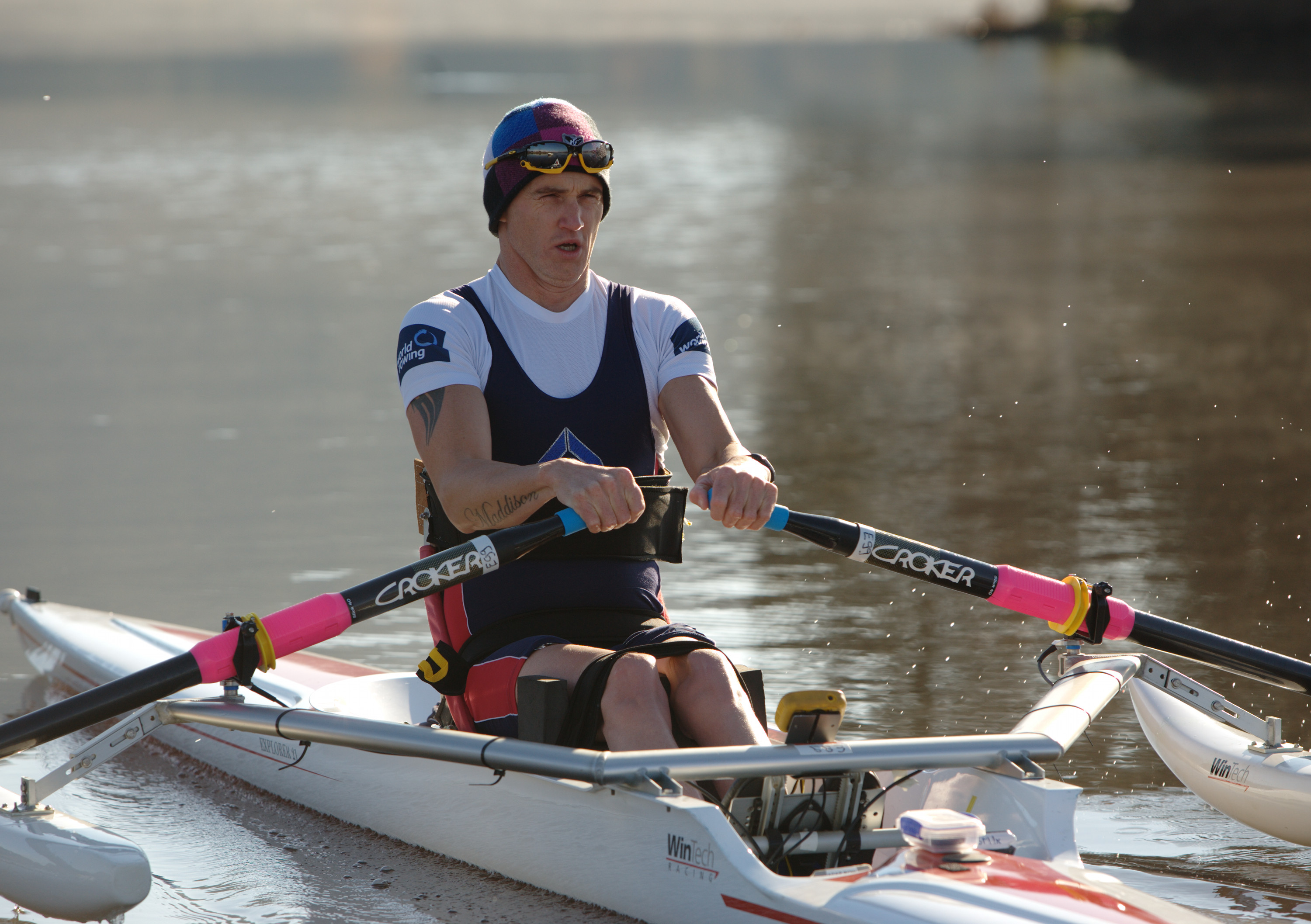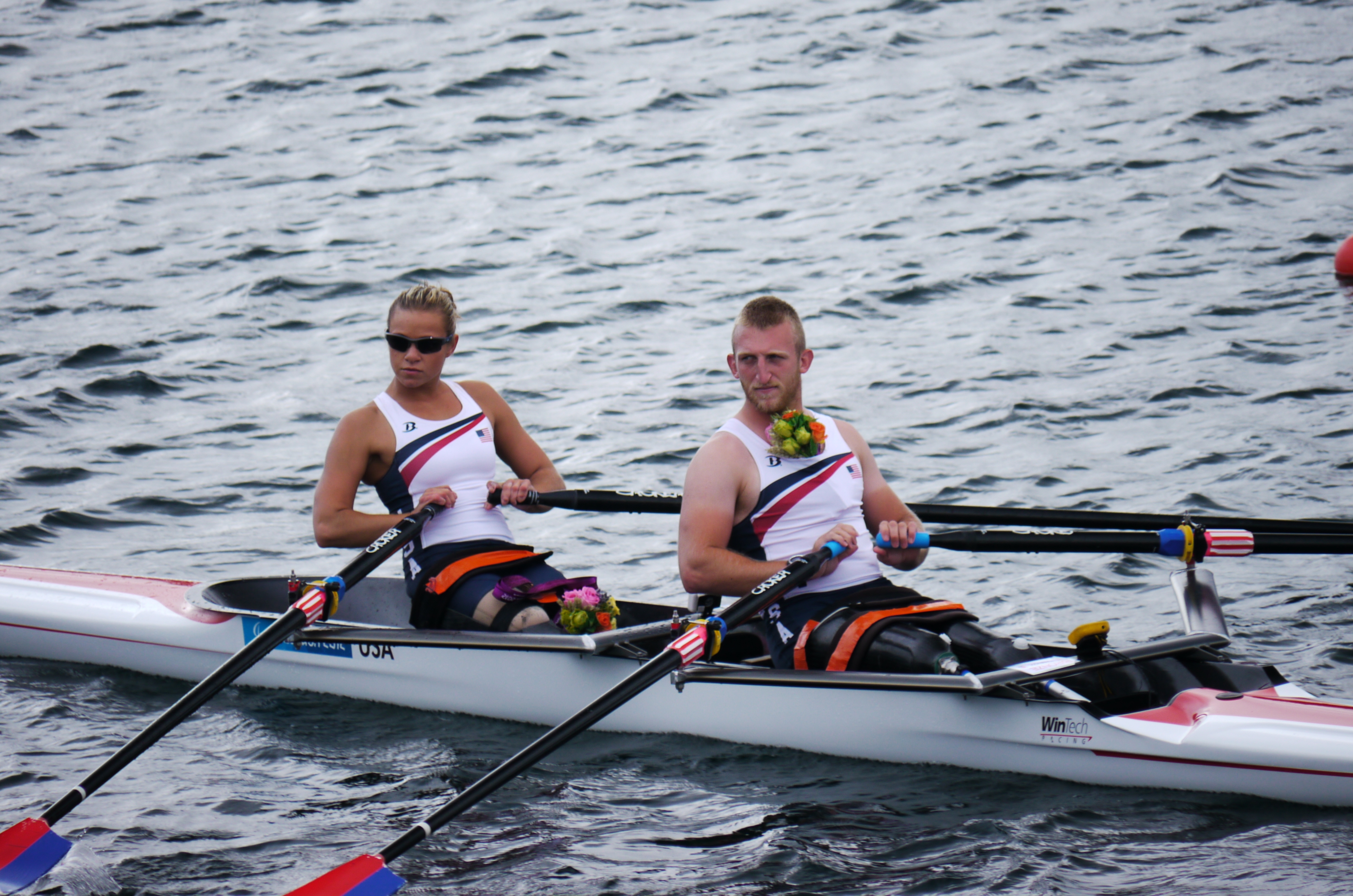|
LTA-B1
LTA-B1 is an adaptive rowing classification. The classifications were developed and current as of March 2011. Definition Rowing Australia defines this classification as "athletes with a visual impairment (LTA-B1, LTA-B2 and LTA-B3)" Events Rowers in this classification compete in single and sculls for club, state, and national competitions. In international competitions, they compete in mixed cox fours sculls, with a maximum of two visually impaired rowers in the boat. Becoming classified Classification is handled by FISA – International Rowing Federation. Australians seeking classification through Rowing Australia as a visually impaired rower need to provide evidence of having been classified by an International Blind Sports Federation (IBSA) classifier or an Australian Paralympic Committee vision impairment classifier. See also * Adaptive rowing * Adaptive rowing classification * Rowing at the 2008 Summer Paralympics * Rowing at the 2012 Summer Paralympics Ro ... [...More Info...] [...Related Items...] OR: [Wikipedia] [Google] [Baidu] |
Adaptive Rowing Classification
Adaptive rowing classification is the classification system used for adaptive rowing. It is based on functional ability and is broken down into three specific classifications. This system is governed by Federation Internationale de Societes d'Aviron. Eligible competitors have a physical or visual disability. Definition Adaptive rowing has three broad classifications based on a rowers functional ability. These classifications are PR1 (previously AS) for arms and shoulders, PR2 (previously TA) for trunk and arm mobility, PR3 (previously LTA) for legs, trunk and arms mobility. There was also previously a mixed boat classification called LTAIDMix4+ which included rowers with intellectual disabilities. Governance The sport is governed by the Federation Internationale de Societes d'Aviron (FISA). Eligibility , people with visual and physical disabilities are eligible to compete in this sport. British Rowing defines two types of rowers with disabilities: * Para-Rowers - are eligible ... [...More Info...] [...Related Items...] OR: [Wikipedia] [Google] [Baidu] |
Rowing Australia
Rowing Australia (RA) is the governing body for the sport of rowing in Australia. Established in 1925, it is the only organisation recognised by the Federation Internationale des Societies d’Aviron (FISA), the Australian Sports Commission (ASC), and the Australian Olympic Committee (AOC), to conduct rowing activities in, and on behalf of Australia. History RA was initially established on 1 May 1925 as the Australian Amateur Rowing Council. It was incorporated on 15 November 1982, changed its name to Australian Rowing Council Inc in 1984, changed its name to Rowing Australia Inc on 2 March 1996 and finally became a public company in January 2007 and so became Rowing Australia Ltd. Prior to 1925, the Interstate Championships and representation at the Olympic Games were managed by the State Associations. A proposal to form the Australian Amateur Rowing Council failed at the 1909 inter-state conference, in favour of the continuation of the conference system. Regulations were br ... [...More Info...] [...Related Items...] OR: [Wikipedia] [Google] [Baidu] |
International Rowing Federation
World Rowing, also known as the World Rowing Federation (former abbreviation FISA; french: Fédération internationale des sociétés d'aviron), is the international governing body for rowing. Its current president is Jean-Christophe Rolland who succeeded Denis Oswald at a ceremony held in Lucerne in July 2014. The World Rowing Cup, World Rowing Championships, and other such competitions are overseen by this organization. History General It was founded by rowing representatives from France, Switzerland, Belgium, Adriatica, and Italy on 25 June 1892 in Turin in response to the growing popularity of the sport of rowing, and the consequent need for uniformity of regulations over such matters as race lengths, boat composition, and weight classes. Also, at the time, betting on rowing was very popular, and the rowers or coaches were themselves often taking bets. Amateur status, whilst widespread in England and elsewhere, was unknown in the sport in many nations, a state of affairs ... [...More Info...] [...Related Items...] OR: [Wikipedia] [Google] [Baidu] |
Australian Paralympic Committee
Paralympics Australia (PA) previously called the Australian Paralympic Committee (APC) (1998–2019) is the National Paralympic Committee in Australia for the Paralympic Games movement. It oversees the preparation and management of Australian teams that participate at the Summer Paralympics and the Winter Paralympics. APC played a major role in Australia's successful bid to host the 2000 Sydney Paralympics. Since the 1996 Summer Paralympics, Australia has finished in the top five nations on the medal tally. It is also a successful nation at the Winter Paralympics. Membership The PA is a company limited by guarantee and its shareholders are national sports federations and national sporting organisations for the disabled. These organisations are: Athletics Australia, Australian Shooting International Limited, AUSRAPID, Basketball Australia, Blind Sports Australia, Boccia Australia, Cerebral Palsy – Australian Sport and Recreation Federation, Cycling Australia, Disabled Wi ... [...More Info...] [...Related Items...] OR: [Wikipedia] [Google] [Baidu] |
Adaptive Rowing
Pararowing (or adaptive rowing) is a category of rowing race for those with physical, visual or intellectual disabilities. History In 1913, rowing for individuals with disabilities was initiated by headmaster George Clifford Brown at Worcester College for the Blind in Great Britain. Brown encouraged blind students to participate in particular sports in which they would be able to compete at an equal level to sighted players and do so without modifications. Other organizations dedicated to rehabilitating the blind, such as St. Dunstan's Hostel, started rowing clubs shortly afterwards in 1915. Competitive rowing with blind rowers first began in 1914 between Worcester College and the Old Boys in one race and Worcester College and Worcester Boy Scouts in another race the same year. In October 1945, veterans from the Marines_blinded_during_World_War_II.html" "title="United_States_Marine_Corps.html" "title="United_States_Navy.html" "title="United States Army, United States Navy"> ... [...More Info...] [...Related Items...] OR: [Wikipedia] [Google] [Baidu] |
Rowing At The 2008 Summer Paralympics
Rowing at the 2008 Summer Paralympics was held in Shunyi Olympic Rowing-Canoeing Park from 9 September to 11 September. This was the first time that rowing was competed at the Paralympic Games. Classification Rowers were given a classification depending on the type and extent of their disability. The classification system allows rowers to compete against others with a similar level of function. Rowing classes were: *LTA (Legs, Trunk and Arms) - Mixed coxed fours *TA (Trunk and Arms) - Mixed double sculls *A (Arms only) - Men's and women's singles Events Four rowing events were held: *Men's Single Sculls A *Women's Single Sculls A *Mixed Double Sculls TA *Mixed Four Coxed LTA Participating countries There were 108 athletes (56 male, 52 female) from 23 nations taking part in this sport. * * * * * * * * * * * * * * * * * * * * * * * Medal summary Medal table This ranking sorts countries by the number of gold medals earned by their rowers (in this context a country is an entity ... [...More Info...] [...Related Items...] OR: [Wikipedia] [Google] [Baidu] |
Rowing At The 2012 Summer Paralympics
Rowing competitions at the 2012 Summer Paralympics in London were held from 31 August to 2 September 2012, at Dorney Lake which, for the purposes of the Games venue, is officially termed Eton Dorney. Classification Rowers are given a classification depending on the type and extent of their disability. The classification system allows rowers to compete against others with a similar level of function. The three rowing classes are: *LTA (Legs, Trunk and Arms) - Mixed coxed fours *TA (Trunk and Arms) - Mixed double sculls *AS (Arms and shoulders) - Men's and women's singles Events Four rowing events are scheduled to be held, each over a course of 1000 metres: *Men's single sculls AS *Women's single sculls AS *Mixed double sculls TA *Mixed four coxed LTA Participating nations 96 rowers (48 male, 48 female) from 23 nations including 12 coxswains (5 male, 7 female) from 12 nations took part in this sport. * * * * * * * * * * * * * * * * * * * * * * * Medalists See also *Row ... [...More Info...] [...Related Items...] OR: [Wikipedia] [Google] [Baidu] |
Parasports Classifications
Parasports are sports played by people with a disability, including physical and intellectual disabilities. Some parasports are forms of adapted physical activities from existing able-bodied sports, while others have been specifically created for persons with a disability and do not have an able-bodied equivalent. Disability exists in four categories: physical, mental, permanent and temporary. At a competitive level, disability sport classifications are applied to allow people of varying abilities to face similar opposition. Etymology The term "parasports" arose as a portmanteau of the words paraplegic and sports. Though the sport has since included athletes of disabilities other than paraplegia, the term persists as a catch-all. Other terms for the concept include adapted sports, adaptive sports, disability sports, and disabled sports. The term Paralympic sports may also be used interchangeably with parasports, though technically this only refers to sports contested at the Paralym ... [...More Info...] [...Related Items...] OR: [Wikipedia] [Google] [Baidu] |

